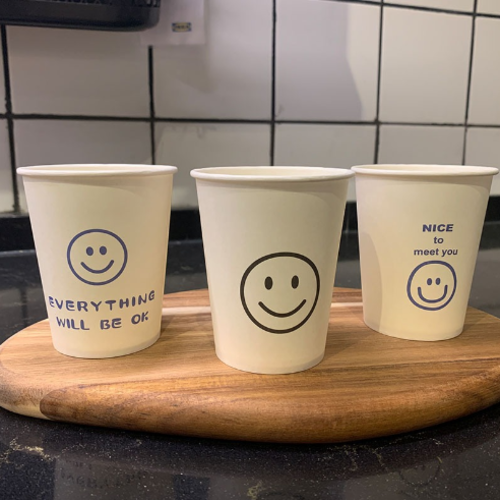The Art and Culture of Bamboo Chopsticks
Bamboo chopsticks are not just utensils; they are a reflection of the rich culture and traditions of many Asian societies. With their origins tracing back thousands of years, these slender tools have become an integral part of the dining experience in countries such as China, Japan, and Korea. The use of bamboo for chopsticks highlights both practicality and sustainability, as bamboo is one of the fastest-growing and most renewable resources on the planet.
The History of Bamboo Chopsticks
The history of chopsticks dates back to ancient China, around 1200 BC, making them one of the oldest eating utensils in the world. Initially, they were used for cooking rather than eating. It was only later that people began to use them to pick up food. The transition to bamboo was a natural choice; bamboo is lightweight, flexible, and possesses natural antibacterial properties, making it an ideal material for everyday use.
As chopsticks spread throughout Asia, each culture adapted their design and style. In Japan, for instance, chopsticks are often made from high-quality wood and are crafted with intricate designs, reflecting the aesthetics of Japanese culture. In contrast, Chinese chopsticks tend to be longer and thicker, suitable for a wide variety of dishes commonly served in Chinese meals.
The Craft of Bamboo Chopsticks
The process of making bamboo chopsticks is an artisanal craft that involves skill and precision. Craftsmen select specific types of bamboo, often choosing those that are approximately three years old, as this ensures a perfect balance of strength and flexibility. After cutting the bamboo, artisans carefully shape it into chopsticks, often using specialized tools to achieve the desired length and smoothness.
bamboo chopsticks

One of the hallmarks of bamboo chopsticks is their eco-friendliness. Bamboo grows rapidly and requires minimal resources—no pesticides or fertilizer are typically needed. This makes bamboo chopsticks an environmentally sustainable choice, especially in a world increasingly concerned about the impact of plastic utensils.
The Cultural Significance
Chopsticks carry profound cultural meaning and etiquette. In many Asian cultures, the way chopsticks are handled can signify respect and tradition. For example, it is considered impolite to stick chopsticks upright in a bowl of rice, as it resembles funeral rites. Similarly, passing food directly from one set of chopsticks to another is frowned upon due to its association with death.
Moreover, the use of chopsticks encourages mindfulness during meals. The dexterity required to handle them slows down the eating process, allowing individuals to savor each bite and appreciate the flavors and textures of their food. In restaurants and homes across Asia, meals are often communal, and the shared use of chopsticks fosters a sense of togetherness and connection among diners.
Conclusion
Bamboo chopsticks are more than mere tools for eating; they encapsulate a deep-rooted cultural history and embody the principles of sustainability and mindfulness. As the world continues to globalize, the appreciation for these simple yet elegant utensils remains strong. Embracing bamboo chopsticks not only enhances the dining experience but also honors the rich traditions of those who have used them for centuries. Whether clinking together at a warm Chinese feast, elegantly resting on a plate at a Japanese sushi bar, or balanced in hand at a cozy Korean meal, bamboo chopsticks will always be a cherished symbol of cultural identity and communal harmony.



